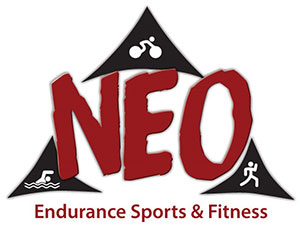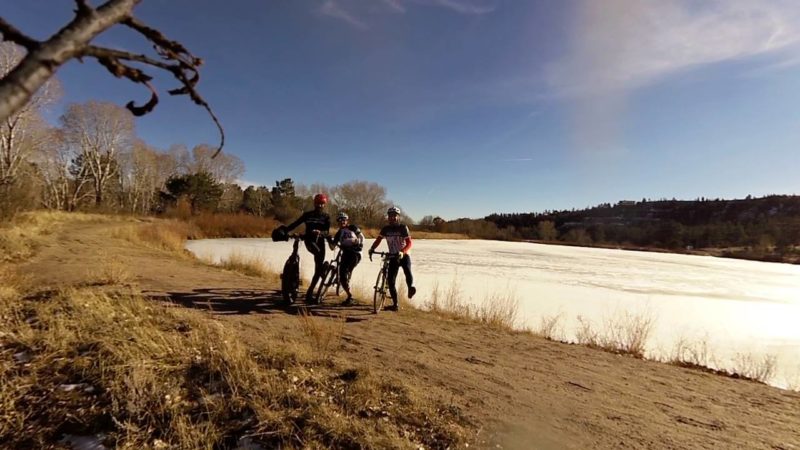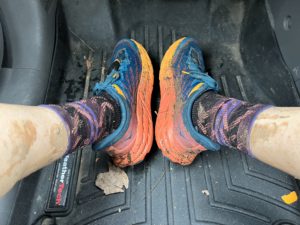Endurance athletes often get overuse injuries. We want to do too much too soon, throw in too much speed work or just log way more miles than the muscles and joints can handle. The body will try to adapt, but if it’s too much, it will protest. The protest usually starts with soreness and tightness, and if ignored, will end in injury.
The keys to preventing injuries are maintaining strong muscles, especially surrounding the joints for stability, proper muscle firing for good mechanics/movement patterns, and flexibility to allow the joints proper mobility.
Even if you are a busy athlete juggling 8 to 10 hours of training a week, or even higher loads of 12-15 hours, does it make sense to work in 30-45 minutes of prevention or “pre-hab” as it is often called into those 10 hours? I can guarantee your fitness will not suffer and you will be better off for it.
Here are some things to make sure you have in your overall training schedule to aid in injury prevention.
The Warm-Up
Ease into your training and “wake-up” your muscles to get the blood flowing to them. Dynamic warm-ups and active stretches are great, as are neuromuscular activation exercises. 5-10 minutes before your run can get those muscles ready to fire in the proper movement patterns. A warm-up routine that is also a strength session that I give to my athletes is from Jay Johnson. I did this routine before every run when I was training for the LA marathon and finished with a negative split and no injury.
Strength Training
Strength training is very important! This doesn’t necessarily mean get you have to get to the gym and push weights around, although there are benefits to doing that. Keeping the core and hip girdle strong are key. The scapular stabilizers are also good ones to work on.
If you have 20 minutes two or three times a week you can get in fantastic and effective core and hip stability exercises. My recommendation is to get the book You Are Your Own Gym by Mark Lauren or get the smartphone app. Start with the beginner program, especially if you haven’t done much recent strength training, and you’ll be surprised on how amazing the workouts are.
Another thing you can do is get a strength assessment from a sports medicine authority so they can look at those key hip, glute, and core muscles and tell you your weaknesses so you can address those. If you sit at a desk all day, you probably have a weak butt, and a strong butt goes a long way in endurance sports!
Post-Workout Recovery
Say you are going for a tempo run over your lunch break. Take the last 5 or 10 minutes of the run and gradually slow down your pace so you finish with very easy running and then walk for a bit. You can then finish up with some stretching (static stretching is OK here, but dynamic stretches like leg swings are great, too) before heading back to your desk. Cutting the run short by five minutes to get in a proper cool down will not affect your fitness.
The Recovery Day
Another aspect of recovery is the healing part away from training. Your schedule should have some easy days built in, or complete rest day. Your body needs a break from the training stress. On your easy day find a yoga class to take. If you don’t want to go to a yoga studio, try netflix, YouTube, or yogavibes.com. At a minimum, learn some key hip & shoulder stretches and do those on your own. In fact, 10-20 minutes of yoga poses in front of the TV while you are winding down for the night can be wonderful for recovery, joint mobility, and injury prevention.
There are other recovery modalities that can be used and are important for injury prevention and performance (massage, chiropractic, …) but in the realm of injury prevention, I feel the above are most critical, especially for the time-limited athlete. We want to get fitter, faster, and stronger, and to do that with a reduced chance of injury, swap out a few minutes each day of training time to ensure you are getting in a good warm-up, cool down and recovery, and are incorporating strength sessions into your plan. You’ll feel better, stronger, and probably race better, too.







